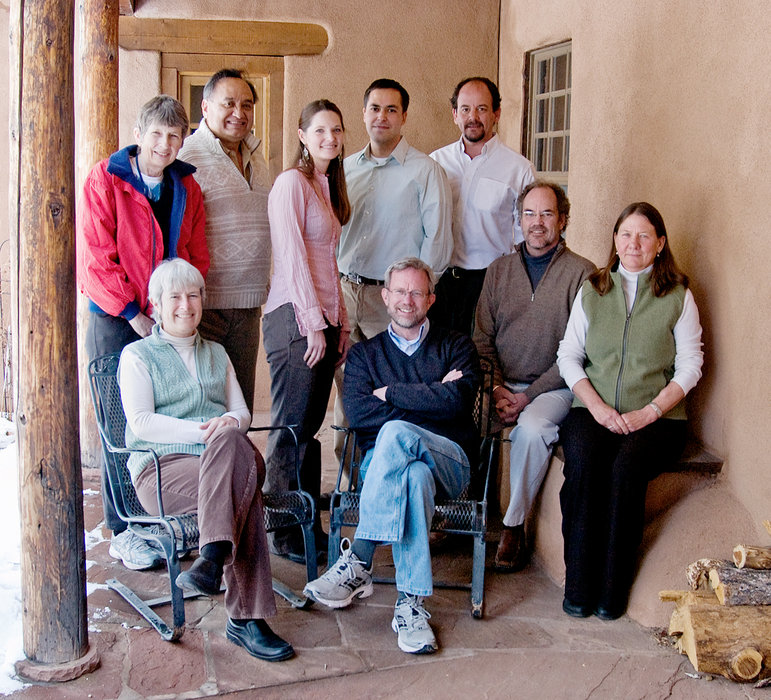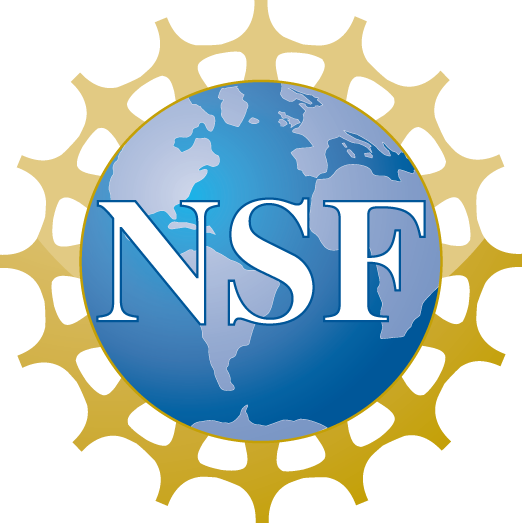
New Archaeological Research at Pueblo Bonito: Reopening National Geographic Society Excavations
Co-chaired by Patricia L. Crown and W. H. Wills
March 10–11, 2010
New Archaeological Research at Pueblo Bonito: Reopening National Geographic Society Excavations
This National Science Foundation team short seminar supported the synthesis of two separately funded research projects involving the archaeological record at Pueblo Bonito in Chaco Canyon, New Mexico. Pueblo Bonito is the type site for the Bonito phase (about A.D. 860 to 1140), a period of rapid social change involving the formation of dense agricultural settlements centered on large masonry buildings called “great houses.” Chaco Canyon was the focal point for this regional phenomenon, which is widely considered one of the best examples of emergent social complexity in the New World. “Despite scholarly consensus that Chaco was the center of a remarkable episode of social transformation, the nature of that change, and its underlying causes, remains poorly understood,” said seminar co-chairs W. H. Wills and Patricia L. Crown, “because most of the critical great house excavations occurred in the late nineteenth and early twentieth centuries.”
Since 2004, the University of New Mexico has conducted archaeological research in Chaco Canyon, especially at Pueblo Bonito, in an effort to obtain new data that might improve understanding of the economic conditions associated with the Bonito phase. One multiyear field study has been based on reopening previously excavated archaeological trenches, originally dug by the National Geographic Society in the 1920s. “Our overarching goal was to collect critical data for evaluating competing models for the emergence of great house communities based on hypothesized relationships between demographic change and economic productivity,” said Wills.
An unexpected outcome of the fieldwork was the recovery of a large number of artifacts. “Since the National Geographic Society personnel did not save material from the trenches and seem not to have taken any notes on this part of their work, we did not know what we would find,” said Wills. “Very quickly we inventoried thousands of artifacts, mostly ceramics, animal bones, and stone fragments. It seemed obvious to us that this artifact collection was extremely important because the original Pueblo Bonito excavators did not save artifacts from refuse contexts or areas outside individual rooms.”
Consequently, co-chair Patricia Crown received a separate National Science Foundation grant to systematically analyze more than 300,000 artifacts, the largest single-site artifact assemblage ever collected from Chaco.
This seminar took place at an especially important juncture, allowing the members of the artifact analysis group to collaborate with the researchers responsible for the stratigraphic interpretations and geospatial analyses for the first time since post-fieldwork artifact analysis had been largely completed.
Patricia L. Crown, Chair
Distinguished Professor, Department of Anthropology, University of New Mexico
W. H. Wills, Chair
Professor, Department of Anthropology, University of New Mexico
Karen R. Adams
Crow Canyon Archaeological Center
Wetherbee Dorshow
Earth Analytic Inc.
Michael Ebinger
Hannah Fretwell
Department of Anthropology, University of New Mexico
Edward A. Jolie
Department of Anthropology, University of New Mexico
Manuel Palacios-Fest
Terra Nostra Earth Sciences Research
Susan Smith
Laboratory of Paleoecology, Northern Arizona University
Generous funding provided by the National Science Foundation
